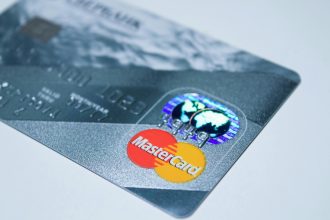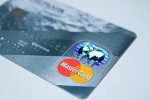Maximizing Take-Home Income for Business Owners: Strategies to Enhance Personal Cash Flow
As a business owner, generating substantial profits is a significant achievement. However, retaining these earnings and translating them into personal wealth can often be a complex endeavor, particularly when considering tax implications and optimal financial planning. Many entrepreneurs wonder: how can I increase my take-home pay and ensure I am truly benefiting from my efforts, rather than merely building assets that are taxed heavily?
Understanding the Tax Landscape: The Case of Dividends and Their Limitations
A common approach among business owners is to extract profits through dividends. While dividends can be an efficient way to distribute profits, they come with a tax rate that can significantly impact the amount received personally. For instance, in certain jurisdictions, dividend tax rates can reach as high as 37%, which diminishes the overall benefit of withdrawing funds via this method once profits exceed specific thresholds.
My business partner, who is well-versed in tax strategies, pointed out that taking home more than around £50,000 annually through dividends might not be as advantageous as it appears at first glance. Beyond this point, the diminishing returns due to taxation can make additional withdrawals less profitable, effectively “throwing away money.”
Strategies for Increasing Personal Income Beyond Asset Accumulation
Given this insight, business owners should explore alternative strategies to maximize their personal income:
-
Salary Optimization: Paying oneself a carefully calibrated salary can balance tax efficiency with retirement contributions and national insurance considerations. A higher salary may reduce corporate tax liability and provide steady personal income.
-
Use of Tax-Advantaged Pension Contributions: Contributing additional funds to pensions can reduce current tax liabilities while building tax-efficient retirement wealth. Pension contributions are typically deductible and grow free of further taxes until withdrawal.
-
Timing and Structuring of Profit Distributions: Carefully planning the timing of dividends and considering other profit extraction methods, such as employee profit-sharing schemes or bonuses, can optimize tax liabilities.
-
Utilizing Business Expenses and Allowances: Ensuring all allowable expenses are claimed can reduce taxable profits, freeing up more resources for personal use.
-
Reinvesting in the Business for Growth: Instead of maximizing withdrawals, some entrepreneurs invest in scaling their business, which can lead to higher future earnings and greater personal wealth in the long term.
-
Legal Structures and Tax Planning: Consulting with financial advisors to evaluate the best corporate structure—such as limited companies vs









